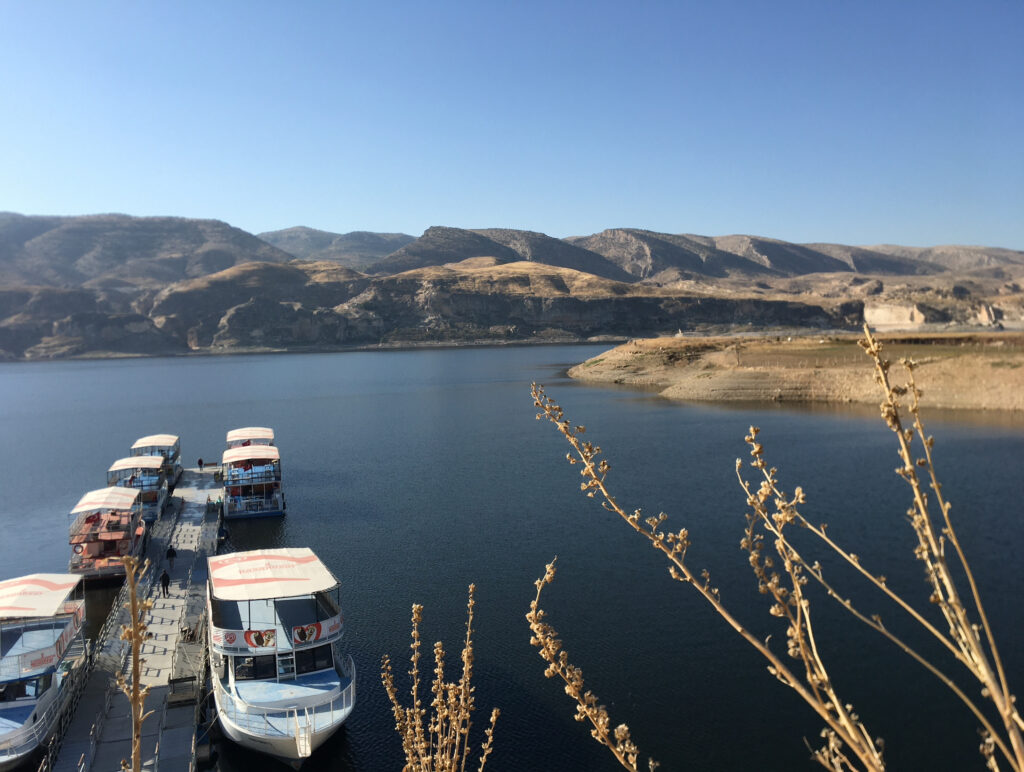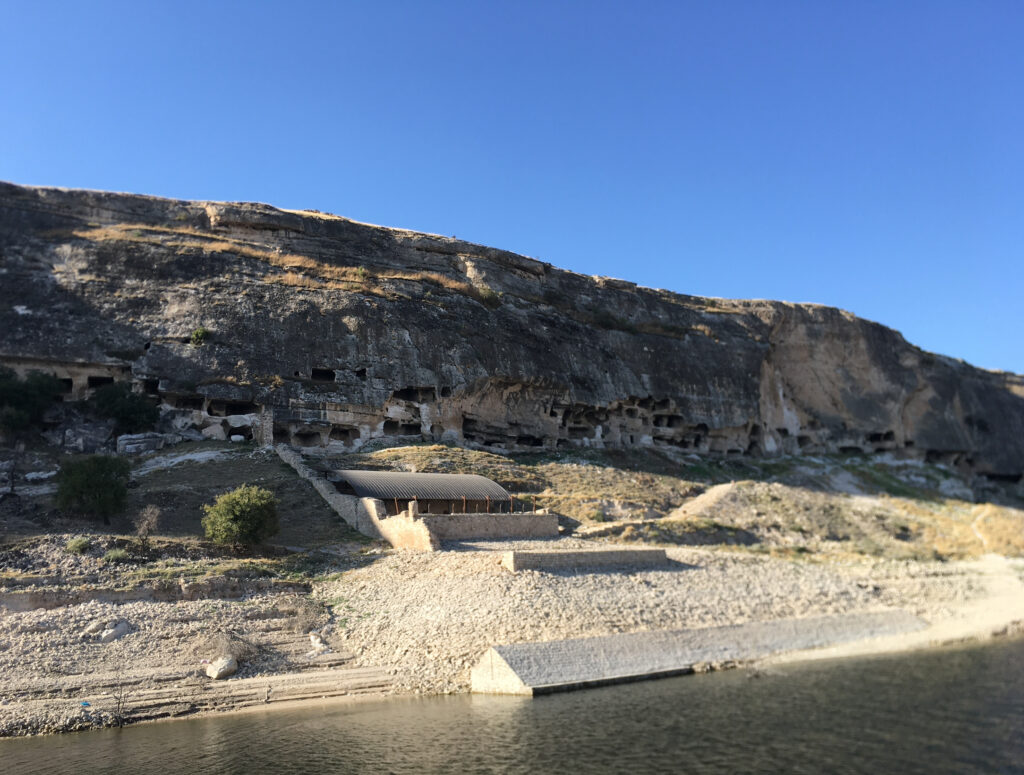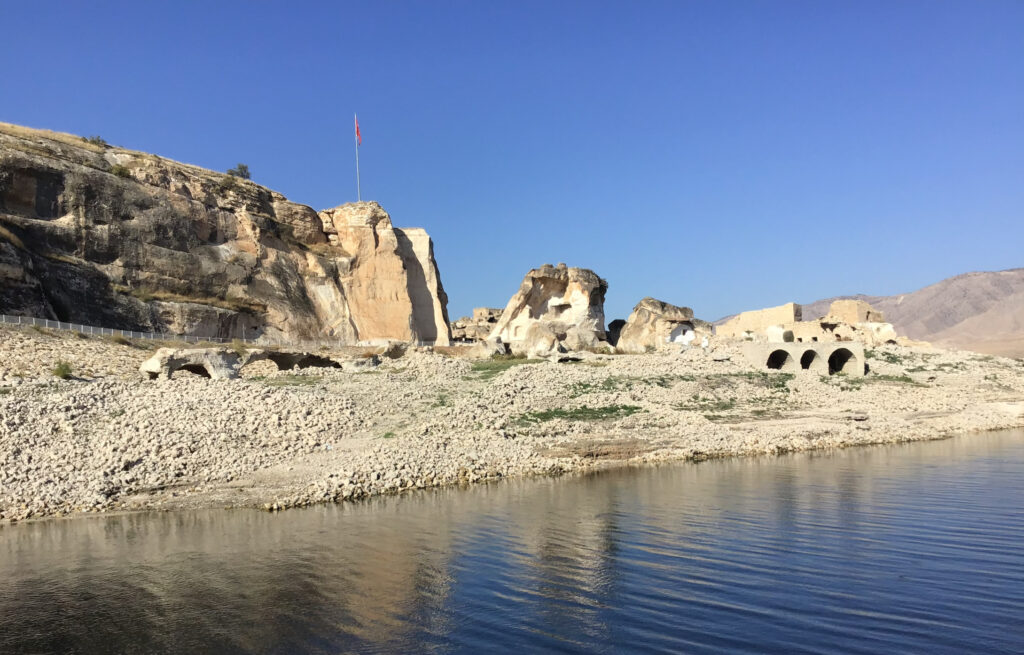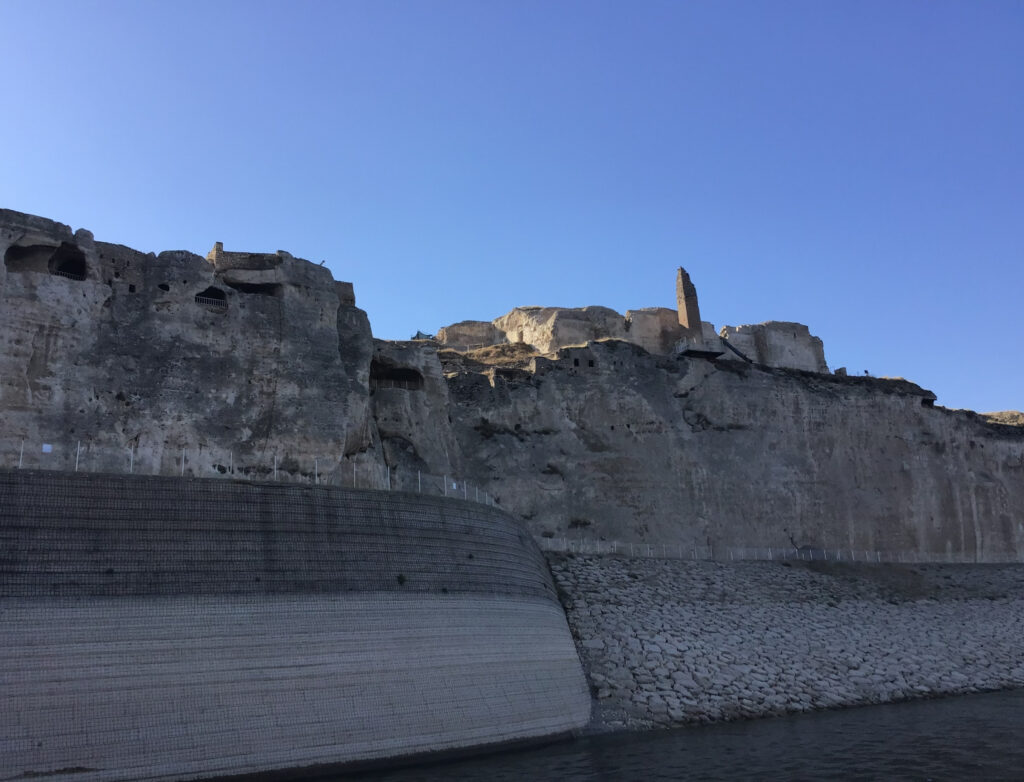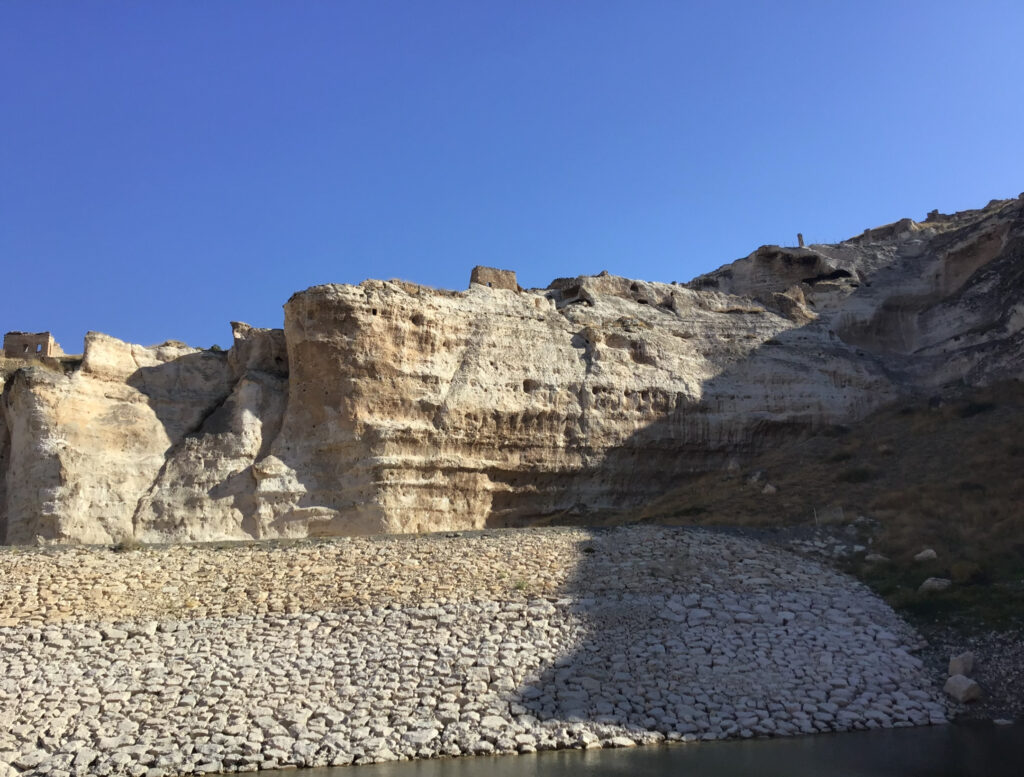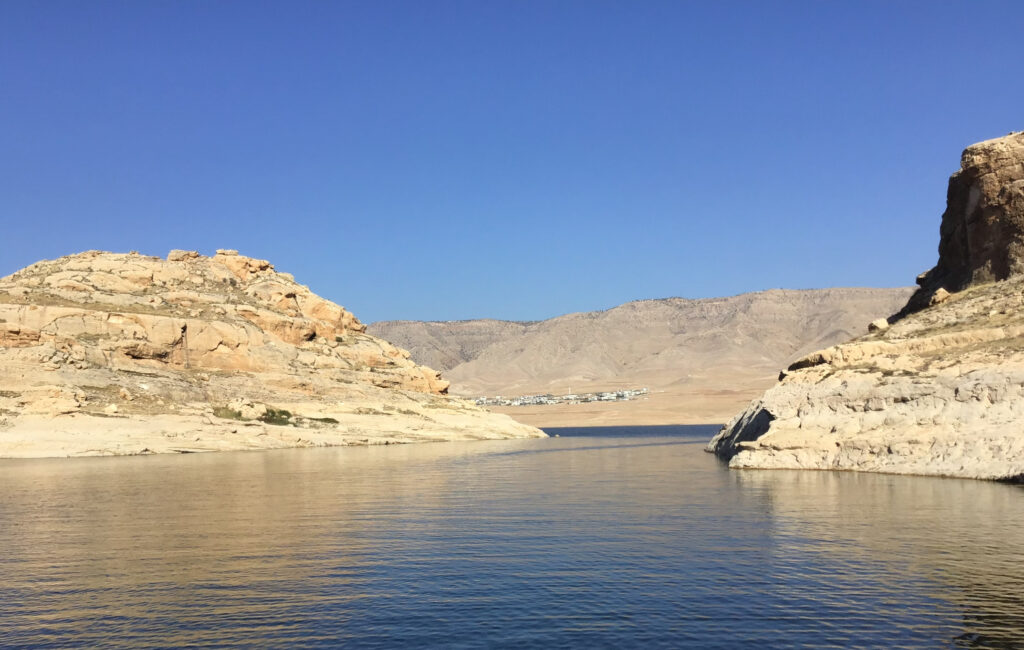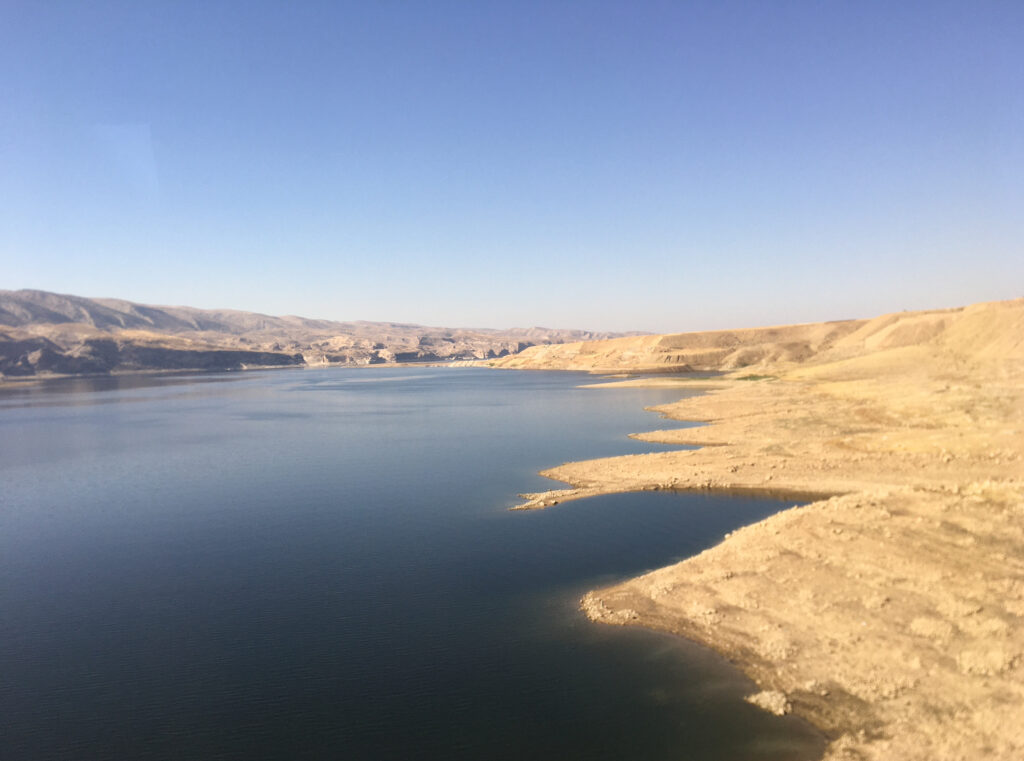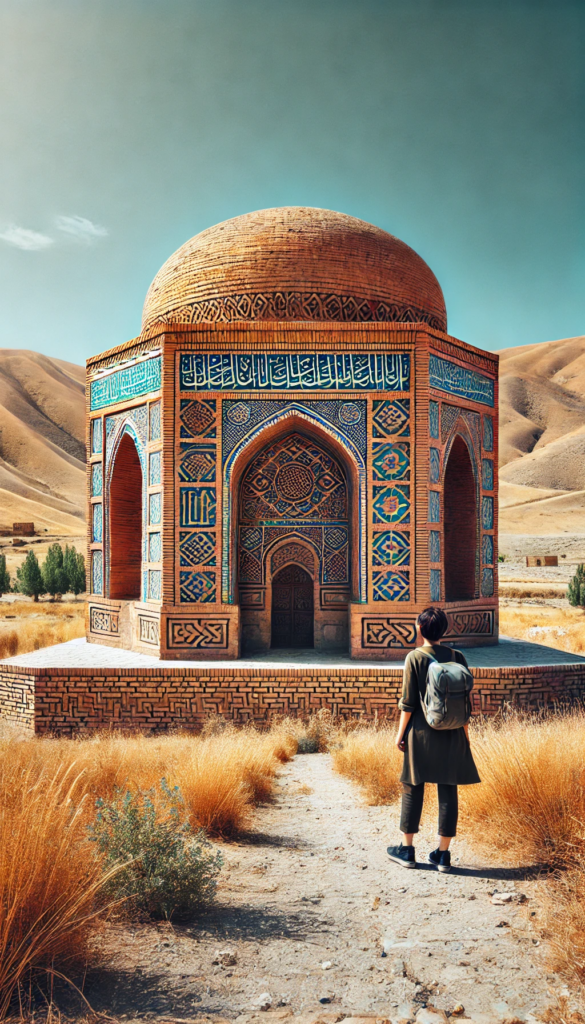ChatGPT:
Hasankeyf is an ancient town located in the Batman Province of southeastern Turkey, along the banks of the Tigris River. Renowned for its rich historical and cultural heritage, Hasankeyf has been inhabited for at least 12,000 years, making it one of the oldest continuously inhabited settlements in the world.
Origin and Early History
The origins of Hasankeyf date back to the Neolithic period. Archaeological findings suggest that the area has been a significant human settlement since prehistoric times due to its strategic location along the Tigris River. The town’s name is believed to have derived from the Arabic “Hisn Kayfa,” meaning “rock fortress,” reflecting its historical role as a fortified city.
Historical Development
Throughout its long history, Hasankeyf has been under the control of various civilizations and empires, each leaving their mark on the town’s cultural and architectural landscape:
• Roman and Byzantine Periods (2nd century BCE – 7th century CE): The Romans fortified Hasankeyf due to its strategic importance. It continued to flourish under Byzantine rule, serving as a significant military and administrative center.
• Artuqid and Ayyubid Rule (12th – 13th centuries): Under the Artuqid dynasty, Hasankeyf experienced a cultural and economic renaissance. Many of the town’s iconic structures, such as the Old Tigris Bridge and the El-Rızk Mosque, were constructed during this period. Later, the Ayyubids, a Kurdish Muslim dynasty founded by Saladin, took control and continued to enhance the city’s architectural heritage.
• Ottoman Era (16th century onwards): Hasankeyf became part of the Ottoman Empire in the early 16th century. While it remained a modest provincial town, it retained its historical significance and continued to be a center for trade and culture in the region.
Cultural and Architectural Significance
Hasankeyf is home to numerous historical monuments and archaeological sites, including:
• The Citadel: Perched atop a limestone cliff overlooking the Tigris River, the citadel has served as a fortress for various civilizations.
• The Old Tigris Bridge: Built in the 12th century, it was once one of the largest stone bridges in the medieval world.
• Mosques and Mausoleums: Structures like the El-Rızk Mosque, the Sultan Süleyman Mosque, and numerous tombs showcase the architectural styles of different eras.
• Cave Dwellings: Thousands of man-made caves in the surrounding cliffs have been used as dwellings, monasteries, and storerooms throughout history.
Modern Developments and Controversies
In recent decades, Hasankeyf has been at the center of significant controversy due to the construction of the Ilisu Dam on the Tigris River, part of Turkey’s Southeastern Anatolia Project aimed at boosting the region’s economy through hydroelectric power and irrigation.
• Impact on Hasankeyf:
• Flooding of Historical Sites: The completion of the Ilisu Dam has led to the flooding of approximately 80% of Hasankeyf’s historic sites, submerging many irreplaceable cultural and archaeological treasures.
• Relocation Efforts: Some monuments were relocated to a new cultural park above the flood line. However, critics argue that moving structures cannot preserve the historical context and integrity of the site.
• Displacement of Residents: The flooding has displaced thousands of residents, leading to social and economic challenges for the local population.
• International Response:
• Cultural Heritage Concerns: Numerous international organizations, including UNESCO and the European Parliament, expressed concern over the potential loss of heritage and called for the preservation of Hasankeyf.
• Environmental and Human Rights Issues: Activists highlighted the environmental impact of the dam and the rights of the local communities affected by the project.
Conclusion
As of my knowledge cutoff in September 2021, the Ilisu Dam was completed, and the reservoir began filling in 2019. The flooding of Hasankeyf has been a significant cultural loss, erasing much of the tangible history that spanned millennia. While the Turkish government has made efforts to preserve some artifacts and monuments, the overall impact on the historical landscape is irreversible.
Hasankeyf’s story is a poignant example of the complex balance between modernization and heritage preservation. It raises important questions about how societies value their past amid the pursuit of economic development.
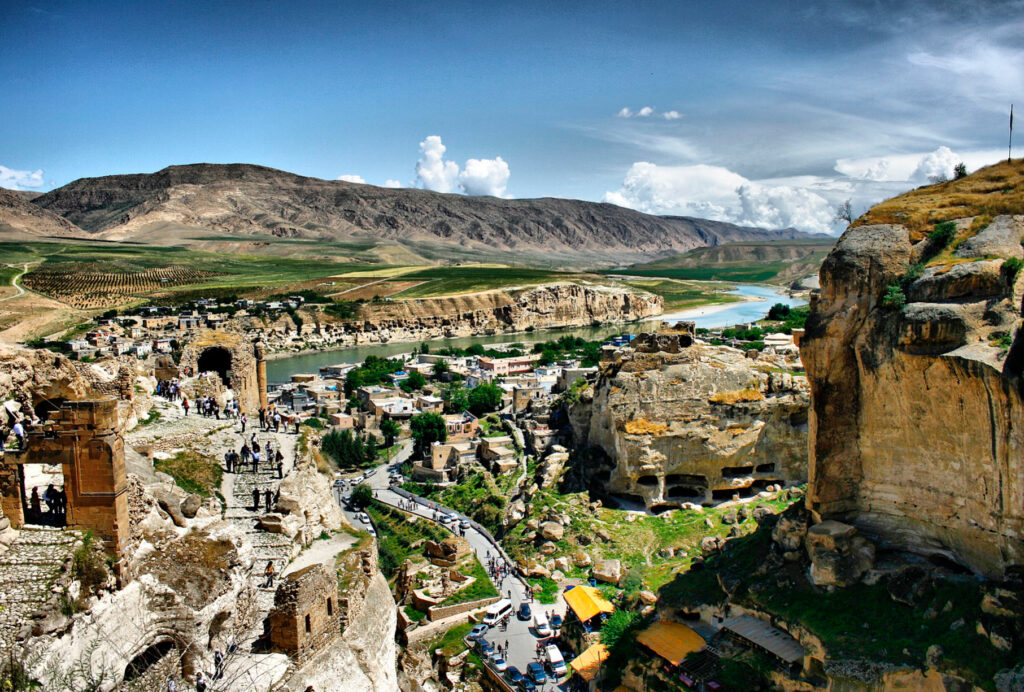
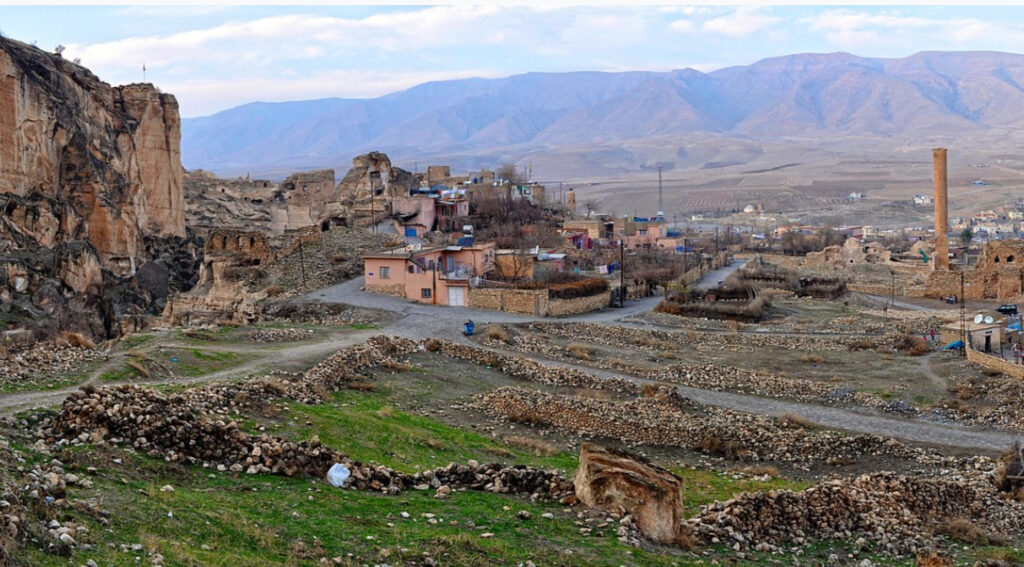
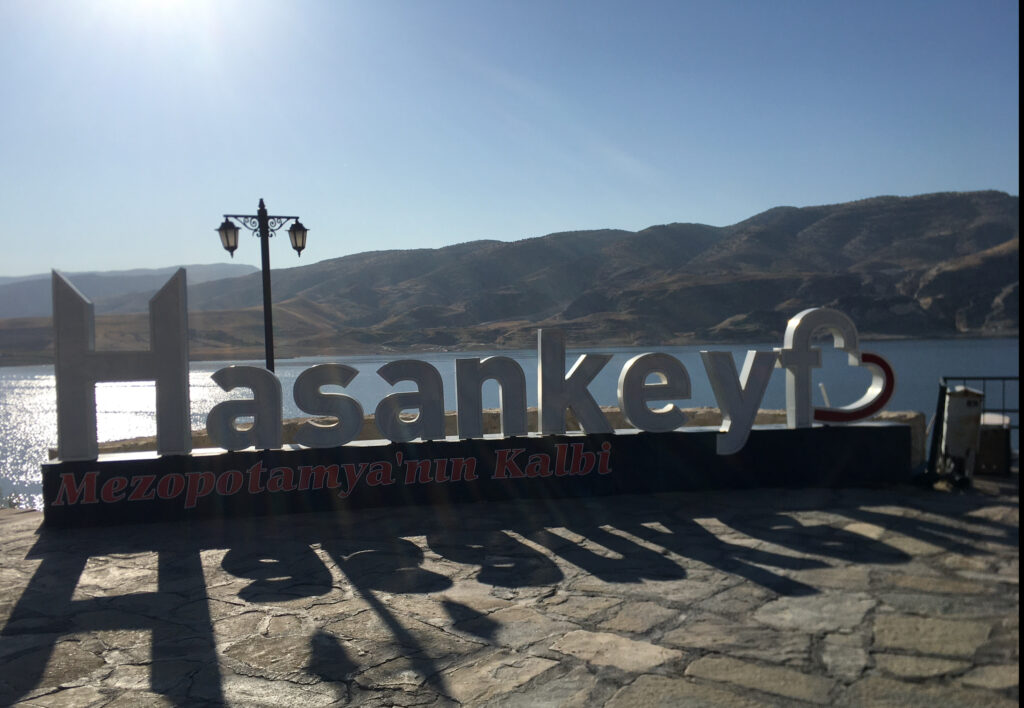
List of Ancient Monuments Relocated from Hasankeyf
Due to the construction of the Ilisu Dam and the subsequent flooding of Hasankeyf, several ancient monuments were relocated to preserve them for future generations. The Turkish government undertook significant efforts to move these historical structures to a newly established cultural park above the flood zone. Below is a list of the key monuments that were relocated:
1. Zeynel Bey Tomb (Zeynel Bey Türbesi)
• Era: 15th century
• Description: Built for Zeynel Bey, the son of Akkoyunlu ruler Uzun Hassan, this tomb is renowned for its distinctive cylindrical shape and turquoise tile decorations, reflecting Persian architectural influences.
• Relocation: In 2017, it became the first monument to be moved. The tomb was transported approximately 2 kilometers using a special platform system to the new Hasankeyf Cultural Park.
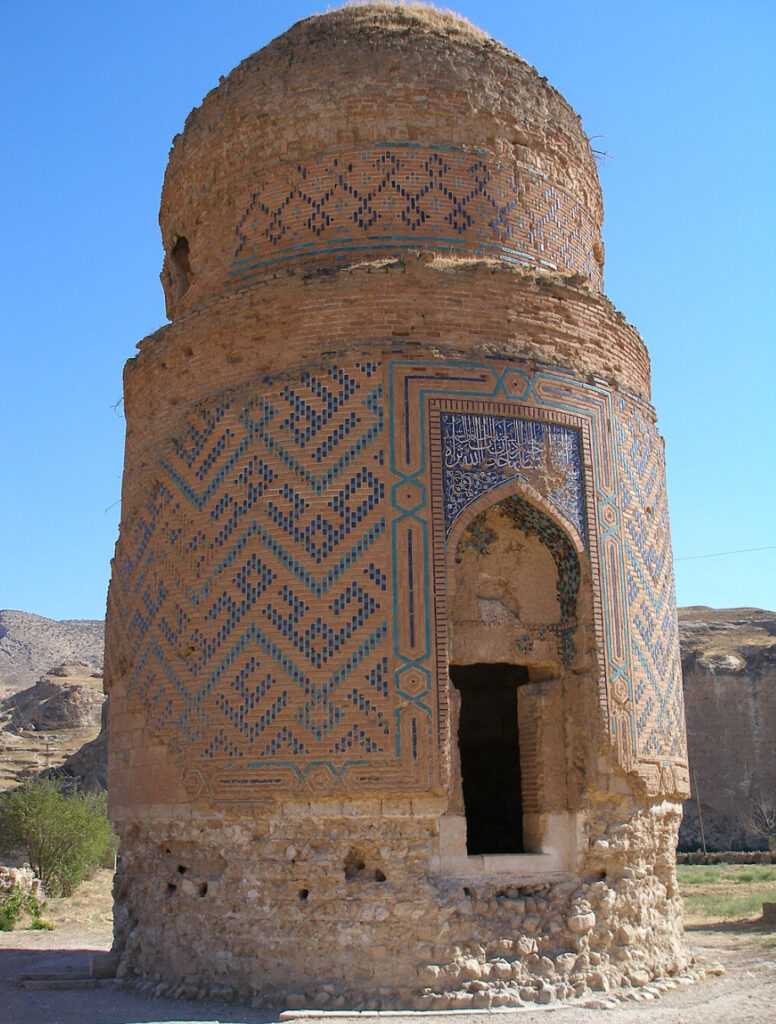
2. Artuklu Hamam (Artuqid Bathhouse)
• Era: 12th century
• Description: This medieval bathhouse is an excellent example of Artuqid-period architecture, offering insights into the social and cultural life of the time.
• Relocation: Moved in 2018, the structure was transported in three separate pieces to preserve its integrity.
3. Imam Abdullah Zawiya
• Era: 14th century
• Description: A religious complex dedicated to Imam Abdullah, believed to be a descendant of the Prophet Muhammad’s companion. The site includes a mausoleum and a small mosque.
• Relocation: Relocated in 2018 to safeguard its religious and historical significance.
4. Orta Kapı (Middle Gate)
• Era: Dates back to various periods due to restorations
• Description: Part of the ancient city’s fortifications, this gate was a crucial defensive structure and an example of medieval military architecture.
• Relocation: Dismantled and reconstructed in the cultural park to maintain its historical context.
5. El-Rızk Mosque Portal
• Era: Built in 1409
• Description: Originally constructed by the Ayyubid Sultan Süleyman, the El-Rızk Mosque was famous for its intricate stone carvings and calligraphy. While the entire mosque couldn’t be moved, the portal—its most significant feature—was preserved.
• Relocation: The portal was carefully removed and reassembled at the new site.
6. Süleyman Han Mosque
• Era: 15th century
• Description: Also known as the Sultan Süleyman Mosque, it featured classic Islamic architectural elements and served as a central place of worship.
• Relocation: Key architectural elements, including the entrance and certain decorative features, were moved to the cultural park.
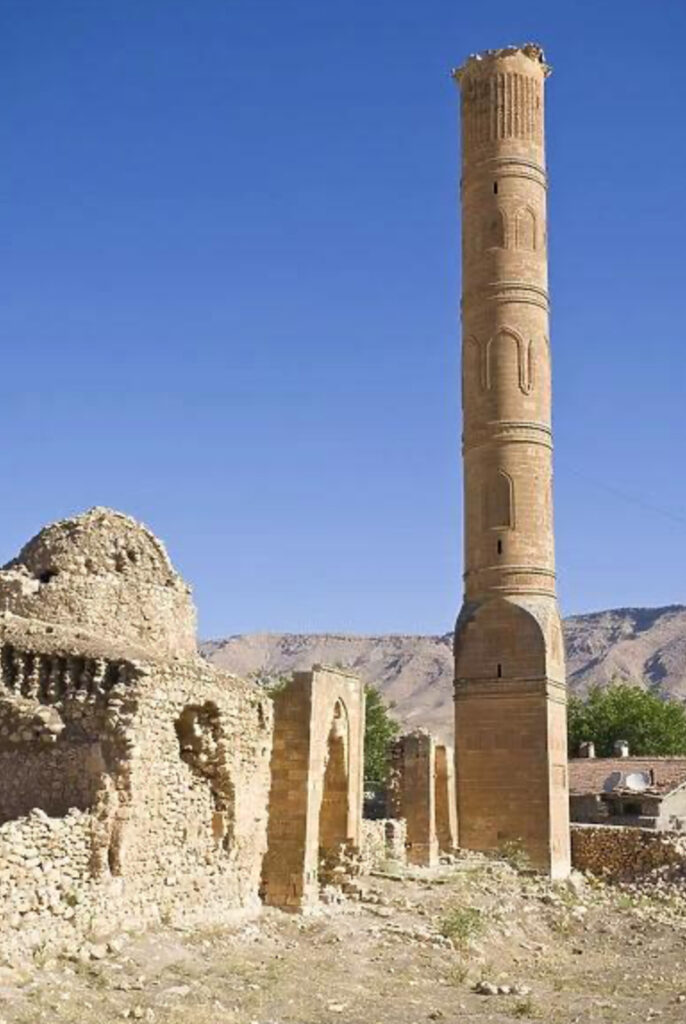
7. Kızlar Mosque
• Era: Unspecified historical period
• Description: A lesser-known but culturally significant mosque within Hasankeyf, contributing to the town’s rich religious heritage.
• Relocation: Important parts of the structure were transported to the new location for preservation.
8. Historic Cemetery Remains
• Era: Various periods
• Description: The cemetery included ancient tombstones with historical inscriptions and designs.
• Relocation: Selected tombstones and grave markers of significant historical value were moved to prevent loss.
Additional Efforts:
• Documentation of Cave Dwellings: While it was not feasible to relocate the numerous cave dwellings and churches carved into the cliffs, extensive documentation—including 3D scanning and photography—was conducted before flooding.
• New Hasankeyf Museum: Alongside the relocated monuments, a new museum was established to exhibit artifacts recovered from archaeological excavations, ensuring the continuation of Hasankeyf’s historical narrative.
Conclusion
The relocation of these monuments was a complex engineering and cultural preservation endeavor. While the flooding of Hasankeyf resulted in the loss of many irreplaceable sites, the moved structures in the new cultural park serve as a testament to the town’s historical and architectural legacy. They continue to provide valuable insights into the rich tapestry of civilizations that once thrived along the Tigris River.
